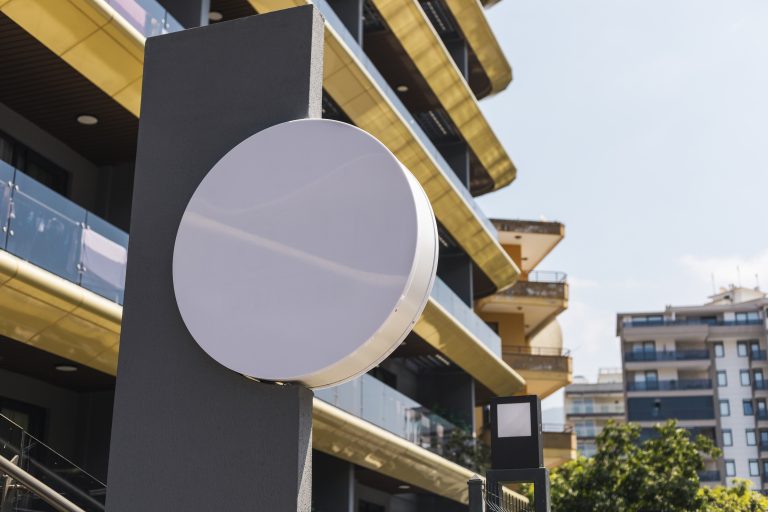After months of planning, the details of your commercial project are finally taking shape. All the essentials are in place, from the foundation to the plumbing, and you’re ready to finalize the colours of your interior paint, signage, and other aesthetic finishes. But where to begin when there are hundreds of options to choose from?
Leveraging the principles of colour psychology can help guide your colour selection process. Colour psychology theorizes that specific colours can evoke emotional and physical reactions, thus shaping human behaviour. It’s often used in marketing to help determine how colour choices might impact consumer impressions and purchasing decisions. For example, a brand may discover that their target market responds more positively to one logo colour over another. But no matter what kind of business you operate, chances are that colour comes into play somewhere along the line, and with it, the opportunity to use colour psychology to your advantage.
So how exactly does colour psychology work, and how can you leverage it?
First, it’s important to understand that human mind is far too complex for colour psychology to be reduced to a simple formula, like red equals anger or yellow equals happiness. How a person perceives and reacts to certain colours cannot be generalized, and is highly dependent on factors such as personal preferences, upbringing, and cultural context. That’s why the key to leveraging colour psychology is understanding who your audience is and what kind of reaction you’re hoping to inspire from them. Clear brand style is critical here; no matter your business, you need to understand your brand’s identity and personality before you can make use of psychological tools. You can’t choose the right colours to represent your brand if you’re not certain what your brand represents or what kind of context you’re working within.
And there are right and wrong colours when it comes to branding. Research has established a definite link between a brand’s colour choices and consumer reactions, with consumers much more likely to engage with a brand if it utilizes colours they consider appropriate for the product or service being sold – making perceived appropriateness a top consideration when choosing colours. It’s not just potential customers who are impacted by colour choices, either; there’s also evidence to support a connection between worker productivity and colour.
While it takes some effort to leverage colour psychology, it can be a helpful tool no matter what type of business you operate. By keeping your brand’s style in mind and paying careful attention to consumer and worker perceptions, you can significantly narrow down your options when choosing colours to represent your business – for your carpeting, interior paint, signage, and everything in between.
Looking for a team to take the lead on your next project? At Pulse Construction, we’re committed to doing business with an honest, professional, and competitive approach – without compromising safety or schedules. Contact us today for all of your building needs.



